Have you seen the price of lettuce? Airplane tickets? Christmas trees? If you’re reading this, we know you’ve seen the price of gasoline, too.
Everything is getting more expensive these days, and Canadians are paying more than ever for just about everything, especially when it comes time to fill up the car. As motorists feel the pinch, many will reconsider their budgets and find new ways to save money and stretch the value of a buck or two.
If you’re looking for ways to save on your vehicle expenses, you aren’t alone. Besides obvious tactics like combining your trips, paying attention to fuel price forecasts, and cutting how much you drive, there are some that involve a small investment for larger long-term savings, or just some changes to your driving routines or habits that can add up over time to cut your expenses. Here are seven easy ways to cut your vehicle expenses, and while they may seem like small savings, every little bit helps.
Extend the Lifespan of Your Battery
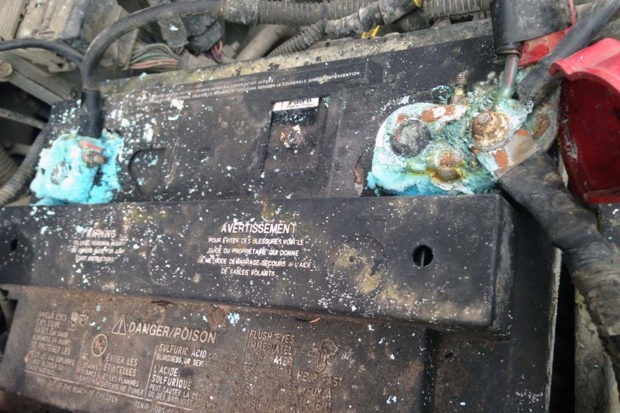
Having a dealer replace the battery in your Honda Civic could cost you $200, while battery replacement in a Ford F-150 could run closer to $250.
Battery prices and options range from vehicle to vehicle, but with winter approaching, a few steps can be taken to stretch the life of your current battery while reducing the likelihood you’ll need to make a pricey tow truck call in the middle of a cold snap.
First, clean your battery terminals or ask an expert to do it for you. The electrical connectors built into your battery can build up some residue over time and if left unchecked, this gunk can slowly discharge your battery, weaken it, and shorten its lifespan. This means you’ll have to spend money to replace it sooner.
This slow battery discharge is referred to as parasitic power loss, with other culprits including USB devices, smartphones, and 12-volt accessories left connected to the car when it’s turned off. Eliminating these sources of parasitic power loss and running clean battery terminals can help keep your battery strong and reliable while adding months or years to its life.
Ditto the use of a trickle charger or battery maintainer whenever you will be parked for an extended period. If you’ve got one, hook it up if your vehicle will be parked more than a few days at a time. A trickle charger maintains and conditions your car’s battery while you’re away, stretching its life and adding reliability for cold weather starts.
The cost? Nearly nothing to clean your battery terminals (it’s an easy DIY with many YouTube tutorials available), and $50 or less for a basic trickle charger from your favourite retailer.
Extend the Lifespan of Your Tires
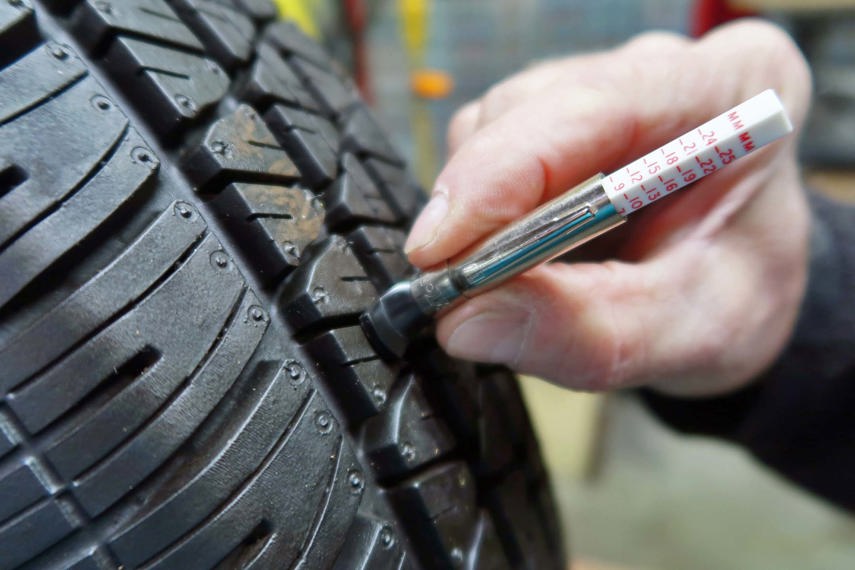
Your tires are one of the most expensive parts of your car. Just like the eraser on a pencil, they wear out every time you use them until they need to be replaced.
Drivers can play a role in slowing down that rate of tire wear, adding extra seasons to the life of a set of tires by following some basic maintenance tips.
First, check and adjust tire inflation pressure regularly with a quality handheld gauge. Following the instructions in your owner’s manual, check tire pressures when the tires are cold, making adjustments as needed.
Experts say about a third of the tires on the road are underinflated, which causes cars and trucks to use more fuel and handle poorly, in addition to rapidly accelerating tire wear.
Second, take tire rotations seriously. A tire rotation is a cheap and painless procedure for your machine, and simply involves a technician removing each wheel and tire, changing its place on the vehicle, and reinstalling it.
This ensures your tires wear more evenly, which helps improve fuel efficiency and tire life.
Do not underestimate the importance of occasional tire care and maintenance when it comes to achieving optimal fuel efficiency from your car or truck, and to maximizing the life of a set of tires.
Finally, remember that your winter tires will wear out at a much faster rate when the temperature climbs over 7 degrees in the spring, so be sure not to drag your heels when it’s time to have them swapped back over to all-season tires.
Reconsider Remote Start
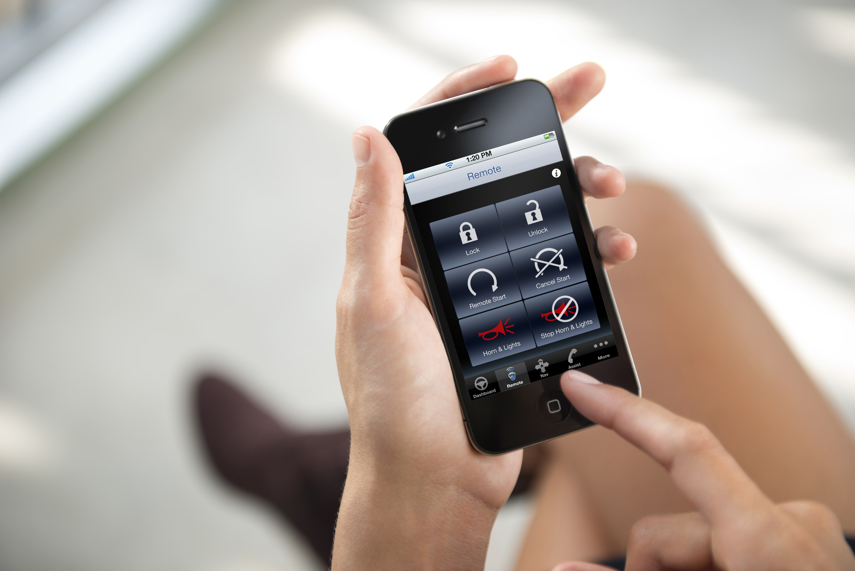
Nobody likes to sit in a cold car for half their commute, but every time you hit that remote start button on the keyfob, your bank account feels it.
While a light remote start user with an economy car may only waste $25 over the course of a winter by remote starting, heavy use of remote start on the daily can cost the driver of an average family crossover $150 over the course of the winter, and some pickup and SUV drivers in excess of $250 worth of gasoline in the same period.
Your modern car doesn’t need to idle for a few minutes before you drive. Just starting the engine and driving off will tend to heat the cabin quickly enough.
Enter this winter ready to reconsider your remote start habits, including how often you use your remote starter and for how long. If you reduce your use of this feature, you could easily save a tank’s worth of fuel over the next few months.
Use Built-in Fuel Savers
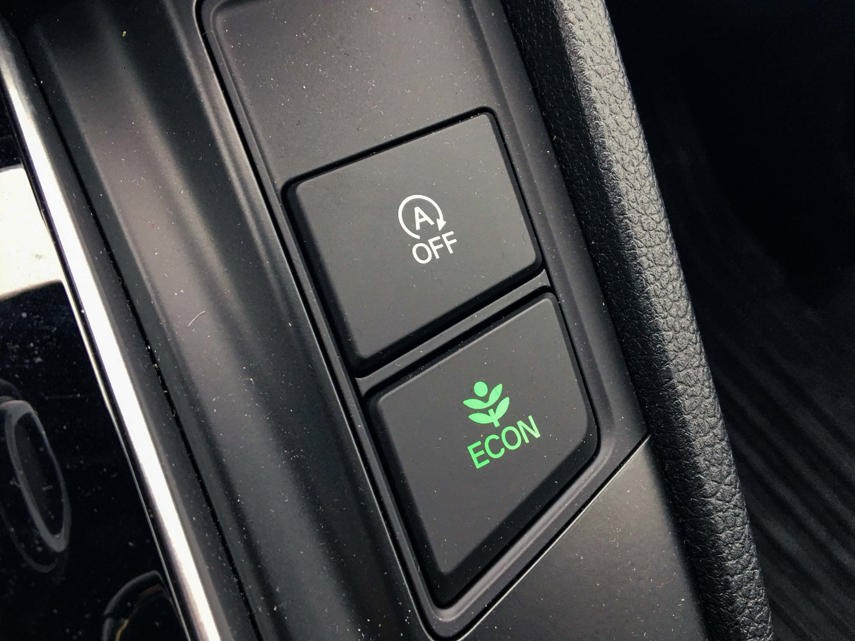
Your modern car or truck likely has at least two powerful features that, when used consistently, can have a real effect on reducing your fuel bill.
The first is an ECO, ECON, or Economy drive mode. Most cars engage this with a button press (often, the button is green), or by toggling through the drive mode selector. Even if you never try your drive mode selector, looking for an ECO mode is a good reason to give it a whirl: When engaged, this mode makes it easier for you to drive your vehicle in the most fuel-efficient manner possible.
The second built-in tool is cruise control.
This feature goes unused by many drivers, despite its powerful abilities to cut fuel use. Use cruise control whenever you can, and your wallet will thank you. By holding your vehicle’s speed steady, cruise control keeps your engine running at a virtually uninterrupted rpm, where it’s the most fuel efficient.
Using cruise control is the most efficient on the highway, but drivers can really use it any time it’s safe to drive at a steady speed. Use your car’s cruise control whenever you can, and it can cut your fuel use in those instances by 25 to 35 per cent (or closer to 50 per cent if you’re not particularly good at holding a steady speed on the highway).
Replace These 3 Air Filters
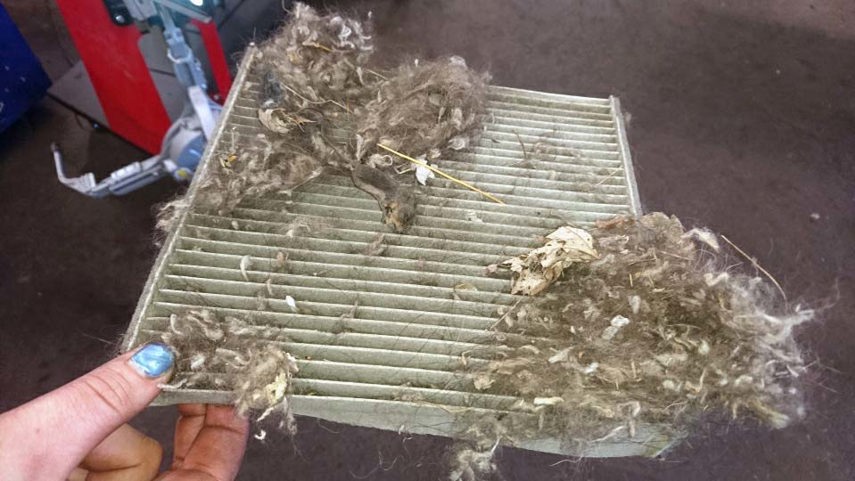
Your car has at least two air filters that can be changed to save you money, and if you drive a hybrid car, there’s probably a third one to consider.
Your engine needs to inhale a constant stream of clean air to run efficiently, and that cleaning is the job of your engine’s air filter. Over time, this filter becomes clogged with dust and debris, just like your household vacuum. When your engine tries to inhale through a restricted or clogged air filter, performance suffers, fuel is wasted, and other expensive problems may result.
Changing your cabin air filter is easy enough for most drivers to tackle at home, with replacement filters running between $35 and $75 for most vehicles. If yours is clogged, your engine could be using 50 per cent more fuel than it needs to.
Further, your cabin air filter cleans the air pumped through the climate control system in your car or truck, and it has an interesting effect on fuel economy, too. A clogged cabin air filter is a leading cause of poor performance from your heater, defroster, and air conditioner, three key components that come into play to keep your cabin dry and warm in the colder months.
A clogged cabin air filter makes your climate control system work harder to do its job, which in turn overworks certain components within, and can increase fuel use. Replacing a dirty cabin air filter is cheap and easy, and your climate control system will thank you with better warm-up performance, defroster performance, more efficient operation, longer component life, and reduced fuel use.
Most cabin air filters cost between $20 and $40.
If you drive a hybrid, check your owner’s manual for specific instructions about its hybrid battery pack air filter. This filter cleans the air pumped through the battery pack, which is used in part to help control its temperature. A clogged hybrid battery pack filter can make it harder for your vehicle to control the temperature and operating conditions of its hybrid battery pack, which reduces hybrid system performance and can result in excessive fuel use.
Shop for Insurance Discounts
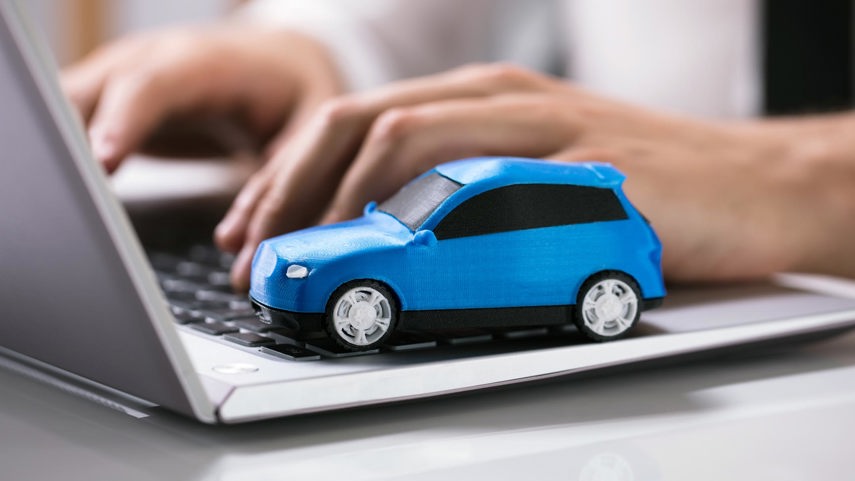
The pandemic changed the driving habits of countless Canadians, and insurance companies have reacted with new products and discounts designed to align more closely with their changing needs. Pay-as-you-go insurance, low-mileage insurance, winter tire discounts, discounts for hybrid or electric cars, and special student or bundle rates may all be available, depending on your insurer.
Get in touch with your broker and ask about these discounts and any others that may be available. If you’ve started working from home during the pandemic and haven’t had a chat with your insurance broker, you could be paying too much for car insurance.
Rent Your Car
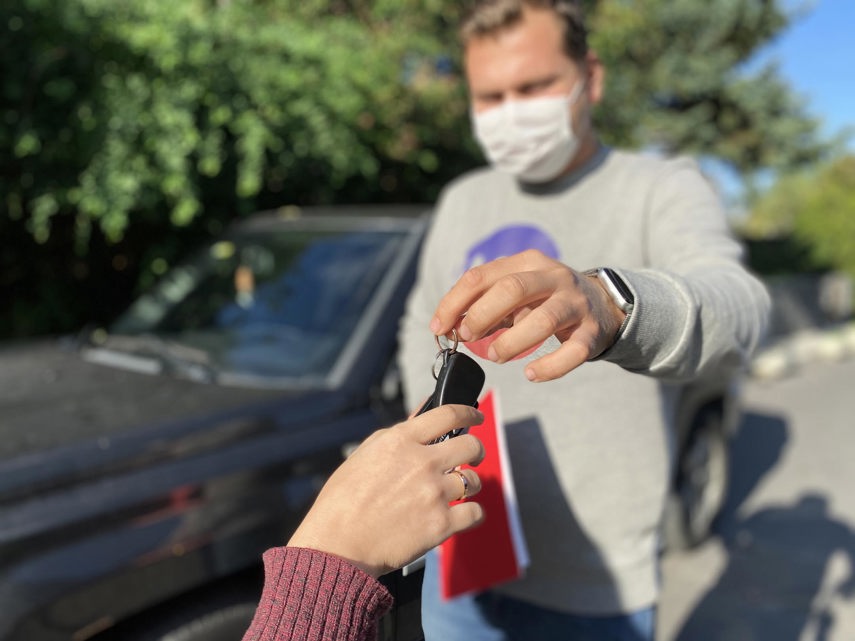
It’s not for everyone, but car rental services are an increasingly popular way to make a few extra bucks from your car or truck while you’re not using it. Websites like Turo connect vehicle owners with people looking for cars to rent, and if you’re a vehicle owner renting on the site (a host), you could make hundreds of dollars per month by renting your car out while it would otherwise be parked.
If your car spends most of its time sitting in your driveway, this can be an excellent way to generate income from your asset. Some multi-car families even rent multiple vehicles on the platform.
You’ll have to assess the risks and costs against the benefits relative to your own comfort and risk levels, though many Turo hosts have benefitted from renting their car(s) out as a profitable side business that puts money back in their pocket.

